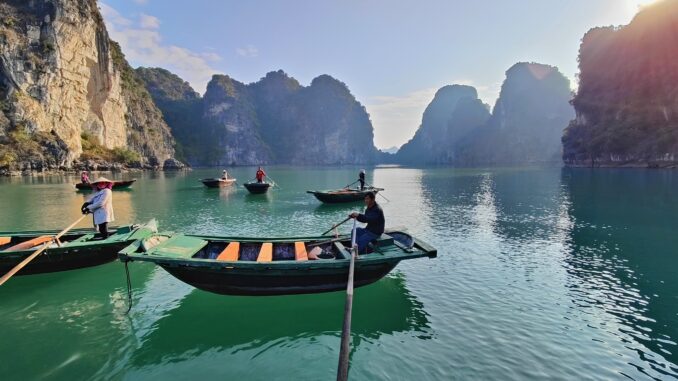
Vietnam was not on our list, and yet we landed in Hanoi, my knowledge of the country coloured by American war movies like Platoon, and the graphic image of the ‘Napalm girl’ running from the bomb dropped on her village, that fuelled the anti-war movement. The ‘Made in Vietnam’ tag and images of paddy fields and women with straw hats, babies on their back were other images. The Vietnam I encountered was very different from my expectations.
Vietnam – Hanoi, the capital
Hanoi was cool and very chic. The charm of Hanoi was in the old quarters that retained all the remnants of a French colony before the war. The govt buildings have that familiar colonial charm about it. The smaller buildings in commercial streets were all tightly packed with shared walls, balconies with small hanging gardens, and colourful lamps. Our hotel was in one of the many narrow winding streets filled with hotels, cafes, massage centres and small eateries. Like most hotels, it had a nice European style patio at the entrance.
Tourism was booming, infrastructure good. There is a phenomenal variety of Street food. Pho and Bahn mi are certainly the highlights. Pho, is a soup with noodles, vegetable and meat, very soothing and nourishing. It will probably rank on the list of world’s comfort foods. Bahn Mi is a sort of a baguette sandwich with shredded vegetables and choice of meat slice, topped with sauces. The evening tourist markets also had a variety of sea food. Many of these eateries were managed and owned by women. Most of the shops in the old quarters of Hanoi were managed by very cheerful, seemingly well-off boys and girls in their teens.
Here, the only English books that most people buy are ‘How to speak English’, one of our guides said when I asked him to take me to a good book shop.
All the global brands were available in the malls with fakes of available in the local markets, and little to tell the difference.
There was a massive street party being organised by the authorities near the main square near the beautiful Hoan Kiem Lake for the coming new year in 2 days. Huge stage, powerful sound systems, laser beams, neon strobes…the whole open stage works. Some local groups were rehearsing their moves and songs while the crowd of locals and tourists were walking around eating, kids playing.
The countdown to the 0000 hour for 2023 was also rehearsed with a hundred glowing drones making patterns above the lake. At the end of the countdown the drones made the number 2023 with different colours. I looked at all this and wondered, ‘Is Vietnam really a socialist/communist country run by a single communist party?’
Ho Chi Minh’s presence looms large over Vietnam. He was the first president after North Vietnam’s war against the French. He also fought against South Vietnam and its allies. Though he died before the North and South were unified in 1975, he is considered the father of modern Vietnam. The capital of South Vietnam, Saigon, was renamed as Ho Chi Minh City in his honour when North and South Vietnam were unified. There are statues and portraits of Ho Chi Minh everywhere.
Geographically and administratively, Vietnam is divided into 3 parts: north, central and south. Hailing from India, where we see a hundred different ethnic groups, different languages , different cultural backgrounds on a daily basis, I was interested to know and understand the social dynamics of Vietnam. I was observant, but unlike India, the differences were not obvious and easily noticeable mainly because they all speak the same language. If there was any differences or fault lines between North and South Vietnamese they were not obvious to outsiders.
Vietnam is very colourful: it’s people wear bright primary colours: startling red, almost fluorescent yellow, shining black, dark purple .. but if there is one colour that overpowers every other colour then it is yellow, earthy yellow. It is believed that yellow is the colour of royalty, of prosperity and good fortune.
Vietnam streets are great for people watching. People are friendly and open to interactions. Lots of open restaurants and street food options. Spectacular variety of food. Vibrant culture and a rich long history.
At every beautiful location there are amateur photoshoots happening with girls dressed up and posing- bright dresses, with hats, umbrellas, bouquets, et al. There were some professional photoshoots too, with diffusers, reflectors, makeup team….the works. The streets of Hoi An looked like there was a street party happening.
Vietnam – Ha Long Bay (Descending Dragon Bay)
The sight of the small hill islands of tropical forests rising out of the sea is so other worldly. You feel you have returned to a mythical, magical world, where fire breathing dragons descend from the sky to protect Vietnam from invaders. There are supposedly 1600 islets of limestone rising out of these emerald waters. You get to see spectacular caves, stunning sunsets and an equally mesmerising sun rise. You get to kayak around the bay.
These hilly islets were formed about 500 million years back. This whole area was supposed to have been mountainous. Due to the ocean level rising up and going down, the crevices in the mountains were eroded to form these shapes.
The sight of the small hill islands of tropical forests rising out of the sea is so other worldly. You feel you have returned to a mythical, magical world, where fire breathing dragons descend from the sky to protect Vietnam from invaders. There are supposedly 1600 islets of limestone rising out of these emerald waters. You get to see spectacular caves, stunning sunsets and an equally mesmerising sun rise. You get to kayak around the bay.
These hilly islets were formed about 500 million years back. This whole area was supposed to have been mountainous. Due to the ocean level rising up and going down, the crevices in the mountains were eroded to form these shapes.
Vietnam – Hoi An
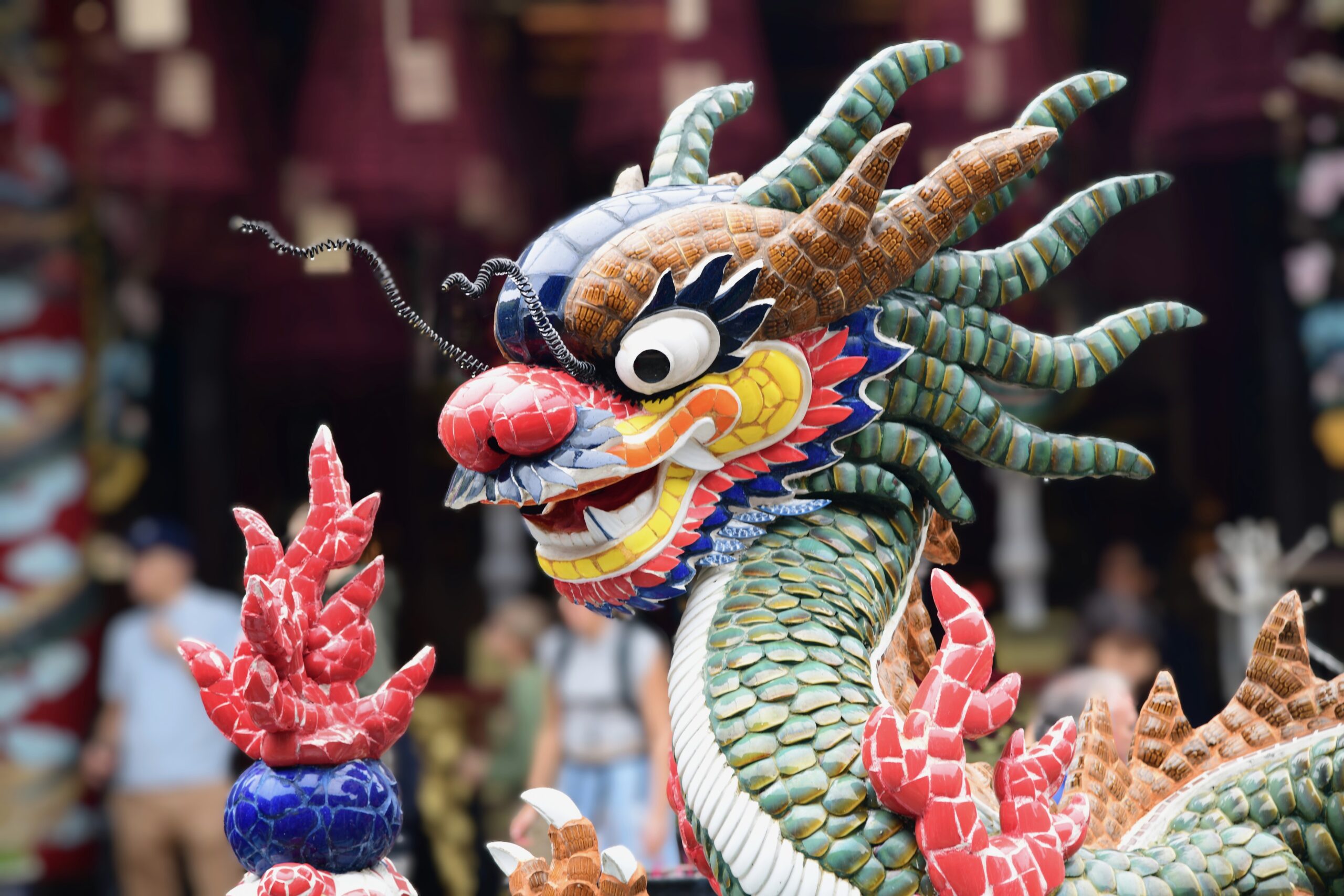
The old town of Hoi An is an UNESCO World Heritage Site. The streets near the Thu Bon river is a mix of French, Japanese and Chinese architecture. It has colourful and quaint cafes, art galleries, ancient houses, attracting colourfully dressed Vietnamese and global tourists, truly a vibrant melting pot.
Vietnam – The Caves
There are spectacular caves and groves everywhere, truly like what you see on Discovery and NG channels, with awesome stalactites and stalagmites.
Vietnam – Hue
The drive from Da Nang to Hue town by the Hai Van Pass is spectacular. It goes over the mountains and offers an amazing view of the DaNang bay.
I was thoroughly struck by the disco next to our hotel. It was all black. Black doors, black glass, black dressed hostesses with black jacketed bouncers standing beside them. I could hear muffled music coming through and I could catch a brief glimpse of flashing neon lights when the door opened and closed quickly. At 11 pm there were Mercs and Audis dropping off girls and guys dressed to kill. I wondered, is this Hue or Tokyo? It seemed too chic even for Hanoi.
The Imperial Citadel in Hue is one of the most famous palaces where the Vietnamese monarchs lived. The Nguyen Dynasty were one of the last dynasties to rule Vietnam from 1802 to 1945. The citadel is now a UNESCO heritage site.
Most of the Vietnamese royalty apparently went away to France after the fall of Saigon, as did the well-heeled locals and the intellectuals, who scattered over Europe.
Thich Nhat Hanh
I knew of Thich Nhat Hanh, the Vietnamese Mindfulness monk, and had read some of his books. Learning that Thich Nhat was born, lived in a monastery and later died here. My guide did not know where this monastery was. She was surprised when I told her that I had read his books and that his books can be found in all bookshops in India. She said that she has never come across any Vietnamese who has read his books. I said that may be he was more popular in the West. She was determined to find out about the monastery and take us there. It turned out that Hanh Tu Hieu, Thich Nhat’s root monastery was not a popular tourist destination, at the outskirts of Hue town.
It took a bit of wandering around before our guide found an elderly monk in what looked like a residential block. It took a while to find the meditation hall where Thich Nhat’s ashes were kept. It was a huge hall and there was one monk and a layman, seemingly in deep meditation. We quietly went near the altar where Thich Nhat’s ashes were kept in a small vessel and paid our respects. I tried to imagine his growing years and all the years till 95, when he passed away here.
Vietnam – Ho Chi Minh City, the business centre, earlier Saigon
Ho Chi Minh was warm, being in the south of Vietnam, and was like any crowded South Asian City. Heavy traffic and two wheelers crowding the streets. Double decker buses offering city tours, lots of high rise buildings and exclusive high end brand outlets. Of course there is a Ho Chi Minh square in the commercial centre of the city.
A documentary on Asian street food claimed that of the ten million people living in Ho Chi Minh, about a million are in the business of street food. Certainly it seems to be part of their culture and lifestyle.
Cu Chi Tunnels
Perhaps this is the most significant remnant of the Vietnam War. Among other things it symbolised the spirit and the ingenuity, born out of desperation and resilience, of the Vietcong against a more powerful enemy. These tunnels are part of the larger network of tunnels running more than 250 kms, built by Vietcongs under the Cu Chi district of Saigon. They were used not only to escape and hide from the American and French forces and their heavy bombardment, but also to wage war against them. These tunnels were used as supply channels for weapons and also as living quarters. They even had hospital chambers. The tunnels allow a small built people. Large sections of it left only room to crawl. They had ingenious air supply vents made up of bamboo beams which merged with the bamboo forests above these tunnels. The entrances were like small manholes on the forest floors which are very hard to locate, when shut. These tunnels were strategically effective, with ingenious traps that were aimed to maim, terrorise and kill the enemies. They withstood one of the heaviest bombardment campaigns by the Americans called Operation Tet.
But life was so difficult for the thousands of the Vietcongs as well as the local villagers who had to live inside. It is estimated that more than 50,000 Vietnamese lost their lives inside these tunnels.
The authorities have preserved these tunnels and have opened small sections of it for tourists to see. There are even short sections where tourists can walk and crawl into these tunnels and experience first hand how it must have been. It is scary and claustrophobic.
There are displays of captured weapons and heavy artillery. Here there is also a closed shooting range where tourists can try out the various guns with live ammunition. The continuous noise of shooting is so deafening and disturbing that we wanted to move away from the range as quickly as possible. One can’t imagine the spirit required to live through this war which lasted for over 25 years.
Epilogue

The sense one gets of youthful urban Vietnam is of a carefree, prosperous Vietnam. The older adults appear cautious, hardy and hardworking, having grown up in tougher times. It certainly looked like Vietnam has gone through a change and is continuing to change.
It was obvious that in the effort to make Vietnam attractive, all the attractions have been embellished. Even the swamp where a handful of South Vietnamese, the Vietcongs, fought off hundreds of American soldiers, has been turned into a fun and music floating circus. The authorities have gone overboard on this attraction.
The War Museum in Ho Chi Minh will bring tears and make one shudder with outrage. Here you can see the original photograph of ‘The Napalm Girl’. It was donated to the museum by the Vietnamese American photographer Nick Ut in 2013. It is definitely a place to visit to understand the horror and total senselessness of war and particularly the brutality and total immorality of the American war campaign against an innocent people. One poster inside the Museum catalogues the US and its Allies bombing during various wars. It says, ‘Between 1965 and 1975, the United States and its allies dropped more than 7.5 million tons of bombs on Vietnam, Laos, and Cambodia—double the amount dropped on Europe and Asia during World War II. Pound for pound, it remains the largest aerial bombardment in human history.’
‘The bombing campaigns of the Vietnam War were the longest and heaviest aerial bombardment in history. The United States Air Force, the U. S. Navy, and U. S. Marine Corps aviation dropped 7,662,000 tons of explosives. By comparison, U. S. forces dropped a total of 2,150,000 tons of bombs in all of World War II.’
I asked my guide what were the reactions of Americans who visit the war museum. He said that most of them shake their head and walk through and a few of them cry when they see the pictures of the suffering and devastation. I later read that the ‘Napalm girl’ is alive and well now and lives in Canada where she defected from Vietnam.
I expected a to see some of Vietnam’s past, the war and sufferings still lingering in the society. But I did not see it. I heard that it was officially declared and accepted that Vietnam would not linger too much on this, since it was becoming an impediment to American funding.
It was only after coming back and while reminiscing and writing about Vietnam that I thought I figured the disconnect between the Vietnam I had expected and the Vietnam I encountered. There was no sign of the wounds, sufferings or poverty. Not even scars. Vietnam has swept all its war and suffering under the carpet of the new image that it has created for the world to consume, and probably what the US and its allies wanted. Vietnam, in my head was a communist and socialist country, but what I encountered was capitalism with seeminly no free medical care or free education. Fancy cars and exotic resorts.
It is hardly 50 years since the war and 25 years since crippling poverty and suffering. I had expected to see the smouldering signs and memories of the trauma.
Vietnam’s economy was 6,470 million USD in 1990. It galloped to 366,130 M USD in 2020. Its per capita GDP grew from around 10 USD in 1990 to about 1100 USD in 2010, and then tripled to 3700 USD in 10 years.
Vietnam is a great travel and photography destination. It had everything to offer. Beautiful and pristine natural landscape. Unique culture and heritage. Very vibrant street life.
Photos Courtesy: Prem Palanivel

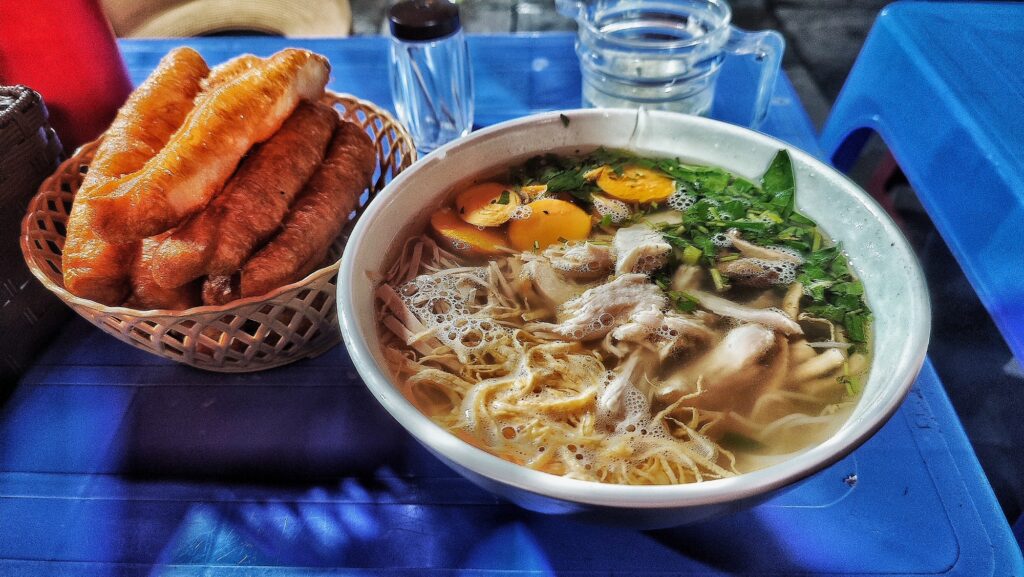
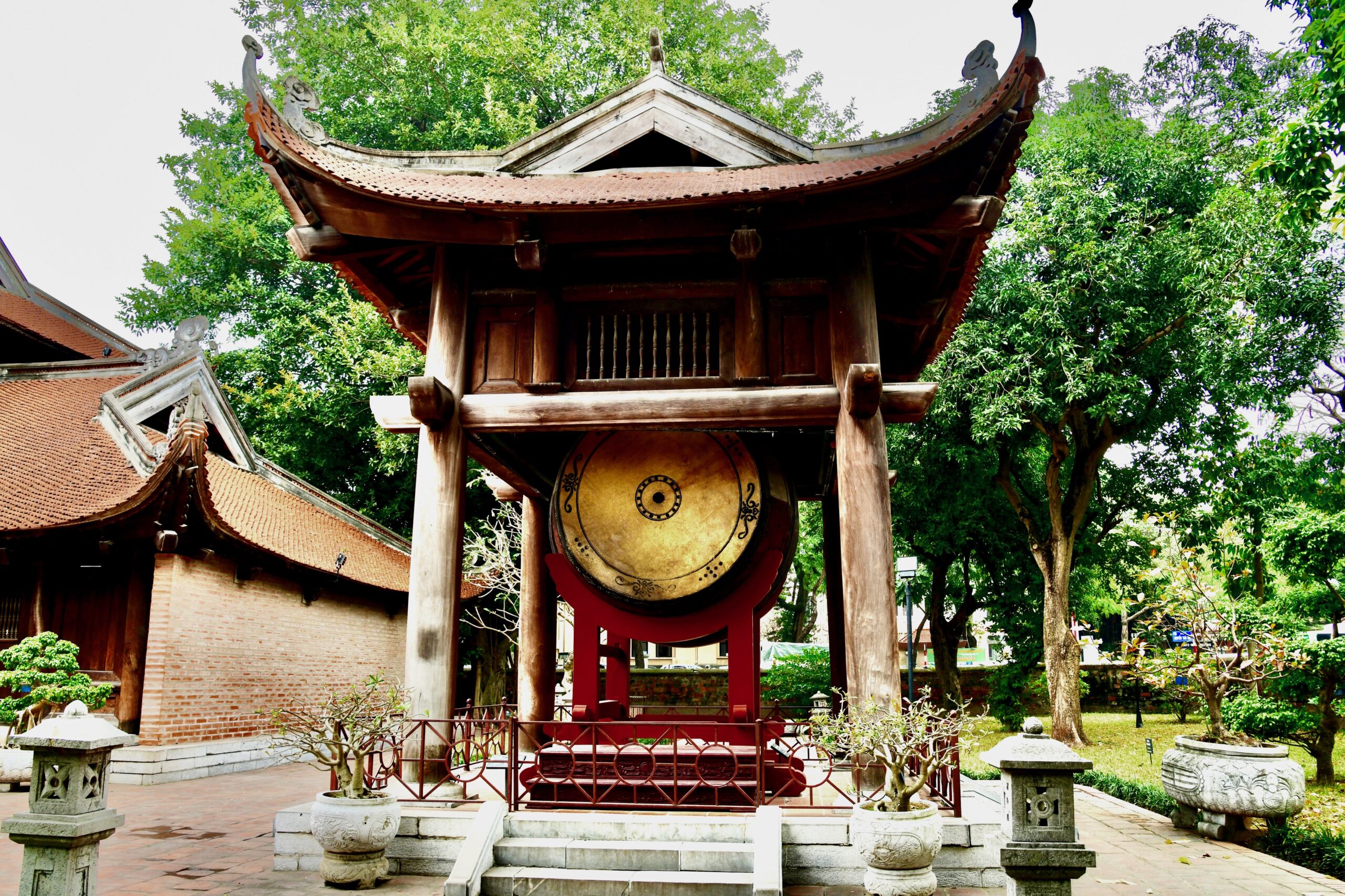
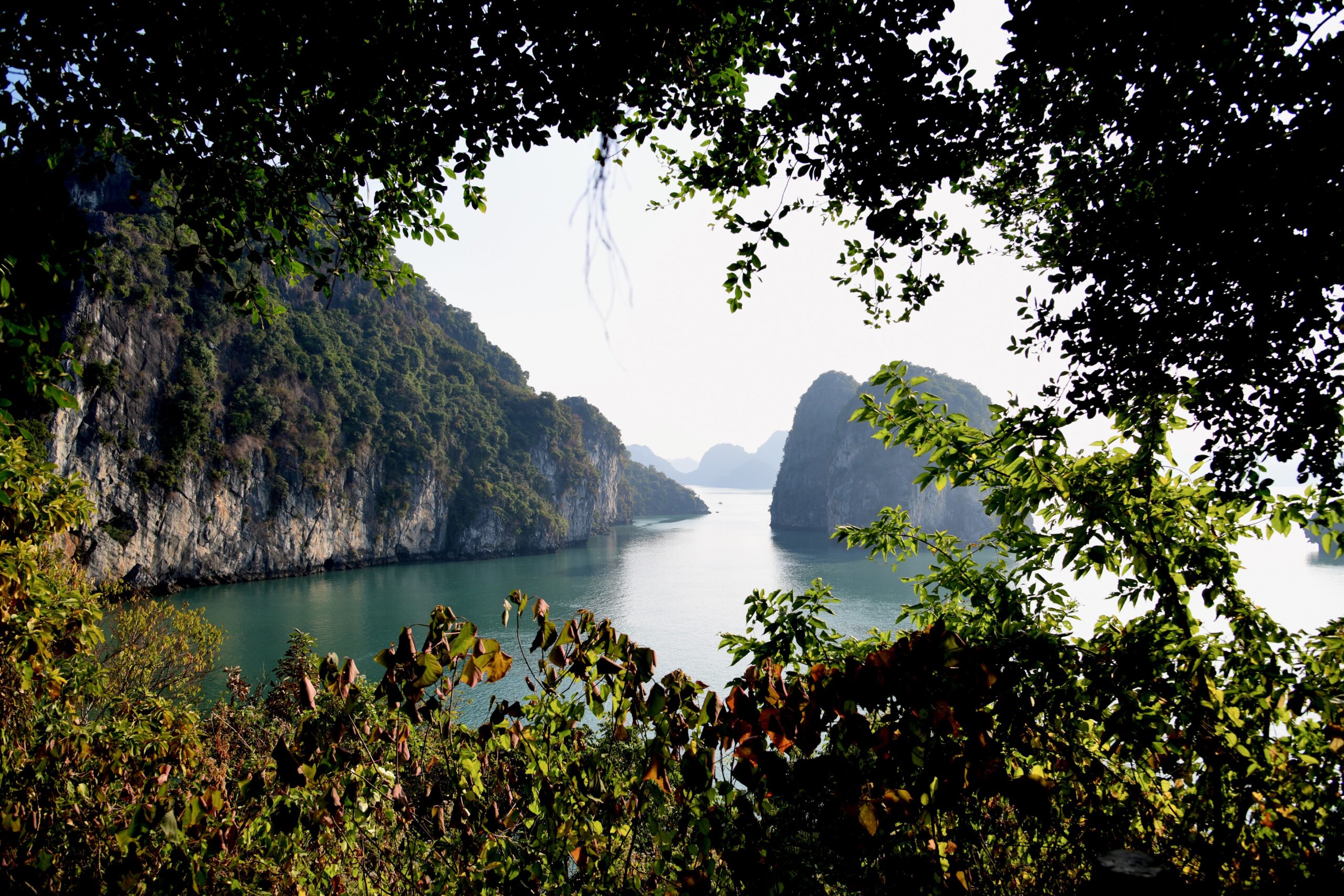
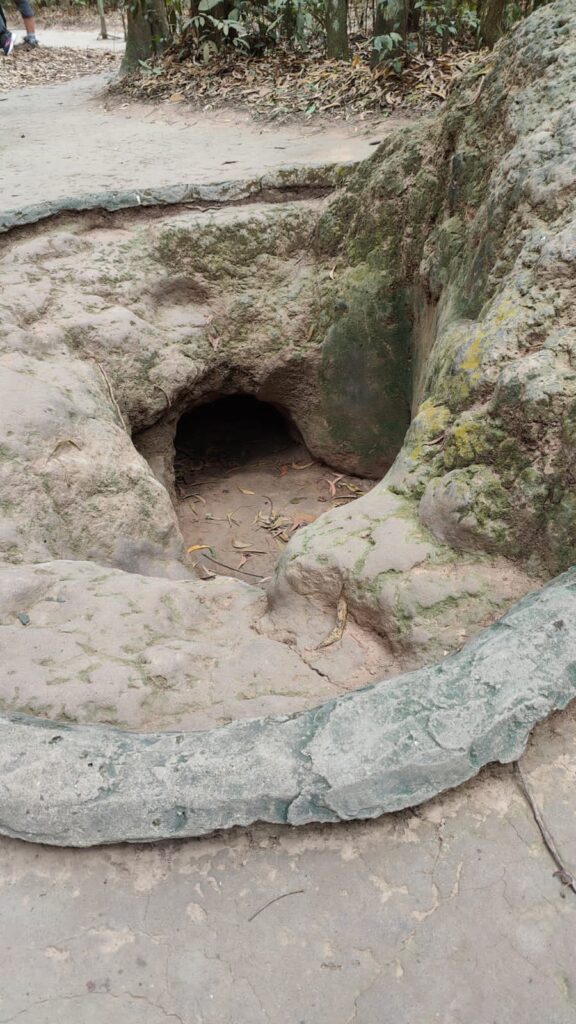
Leave a Reply